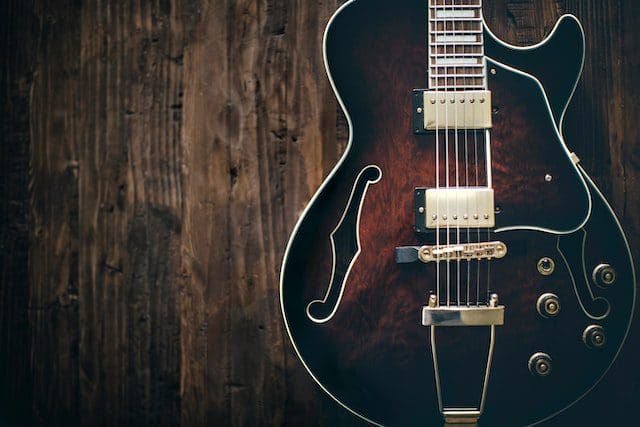Essential Sheet Music Terminology Explained
The Staff and Horizontal Lines
The staff consists of five horizontal lines and four spaces where musical notes are written. These lines and spaces represent different pitches, forming the foundation of musical notation. Each line and space corresponds to a specific note, allowing musicians to read and play music precisely.

Time Signature
A time signature tells musicians how many beats are in each measure of music. It’s written as a fraction at the beginning of a musical piece:
- Common Time (4/4): The most frequent time signature
- Four beats per measure
- Often represented by a C symbol
- Other examples:
- 3/4 Time: Three beats per measure (typical in waltzes)
- 2/4 Time: Two beats per measure
Key Signature
The key signature appears right after the clef and indicates which notes will be played sharp (♯) or flat (♭) throughout the piece. It helps define the musical scale and tonal center of a piece of music.
Quarter Notes and Note Values
Quarter notes are fundamental to understanding rhythm:
- A quarter note represents one beat in common time
- Looks like a solid note head with a stem
- Other note values include:
- Whole note: Four beats
- Half note: Two beats
- Eighth note: Half a beat
- Sixteenth note: Quarter of a beat
Chords and Chord Progressions
- Notes of a Chord: Multiple notes played simultaneously
- Chord Progressions: A sequence of chords played in a specific order
- Chords are the harmonic foundation of many pieces of music
- Popular music often uses predictable chord progressions
Musical Composition Terminology
Da Capo
An instruction meaning “from the beginning” – tells the performer to return to the start of the piece and repeat a section.
Gradual Decrease (Decrescendo)
A musical notation indicating a gradual reduction in volume, typically shown by a wedge-shaped symbol getting narrower.
Curved Line (Slur)
A curved line connecting notes, indicating they should be played smoothly and connected, without a break between them.
Historical and Stylistic Terms
Baroque Era
A period of musical composition from approximately 1600 to 1750, known for ornate and complex musical styles. Famous works include:
- Moonlight Sonata by Beethoven
- Compositions by Bach and Handel
Instruments and Performance
Double Bass
The largest and lowest-pitched bowed string instrument in the modern symphony orchestra.
Performance Instructions
Instruments or Voices
Notations that specify which instruments or vocal parts should play a particular section of a piece of music.
Short Musical Phrases
Brief musical segments that form part of a larger musical composition.
Additional Music Terms to Know

Dynamics and Expression
- p (piano): Soft
- f (forte): Loud
- mf (mezzo-forte): Moderately loud
- Crescendo: Gradually getting louder
- Decrescendo: Gradually getting softer
Clefs
- Treble Clef (G Clef): For higher-pitched instruments
- Bass Clef (F Clef): For lower-pitched instruments
Tips for Understanding Sheet Music
- Take time to learn each term gradually
- Practice reading music regularly
- Listen to music while following sheet music
- Don’t be intimidated by complex notation
Sheet music is a rich language that communicates how music should be played. Each symbol, line, and marking tells a story of sound, rhythm, and emotion.









